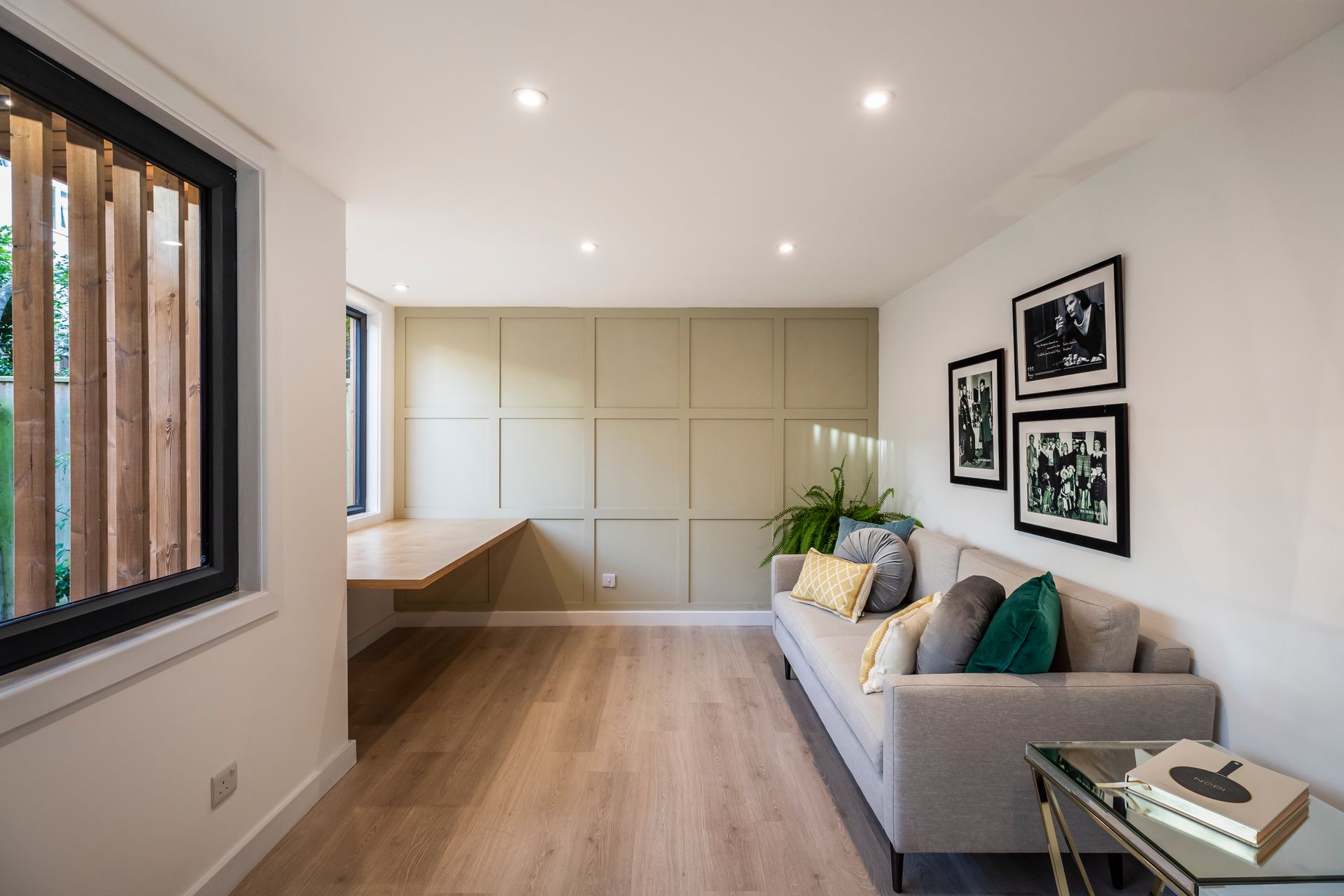Bringing the outside in...
Designing the perfect garden building is an exciting endeavor that allows you to bring the beauty of the outdoors into your living space. Whether you're planning a garden office, a studio, a greenhouse, or a cozy retreat, careful consideration of the design, functionality, and aesthetics will help create a space that harmonizes with your surroundings. Here's a guide to help you in the process:
- Determine your purpose: Clearly define the purpose of your garden building. Are you looking for a workspace, a relaxation area, or a place to nurture your plants? Understanding the primary function will guide your design decisions.
- Assess your space: Evaluate the available area in your garden and consider factors such as sunlight, privacy, and accessibility. Take note of any trees, plants, or structures that could impact the design or layout of your building.
- Consider the style: Choose a style that complements your home and the overall aesthetic of your garden. Whether you prefer a traditional, modern, rustic, or minimalist look, ensure that the design integrates harmoniously with the surrounding environment.
- Select the right materials: Opt for durable, weather-resistant materials that require minimal maintenance. Wood and metal are popular choices. Consider the longevity, insulation, and sustainability aspects of the materials to ensure your building stands the test of time.
- Design for natural light: Maximize natural light by incorporating large windows, skylights, or glass doors. This not only enhances the aesthetics but also creates a bright and inviting space.
- Take into account the orientation of the sun to optimize light throughout the day.
- Create a functional layout: Plan the interior layout based on your requirements. Consider the number and size of rooms, storage needs, and any specific features required for your intended purpose.
- Allocate space for furniture, equipment, and plants, while maintaining an open and airy feel.
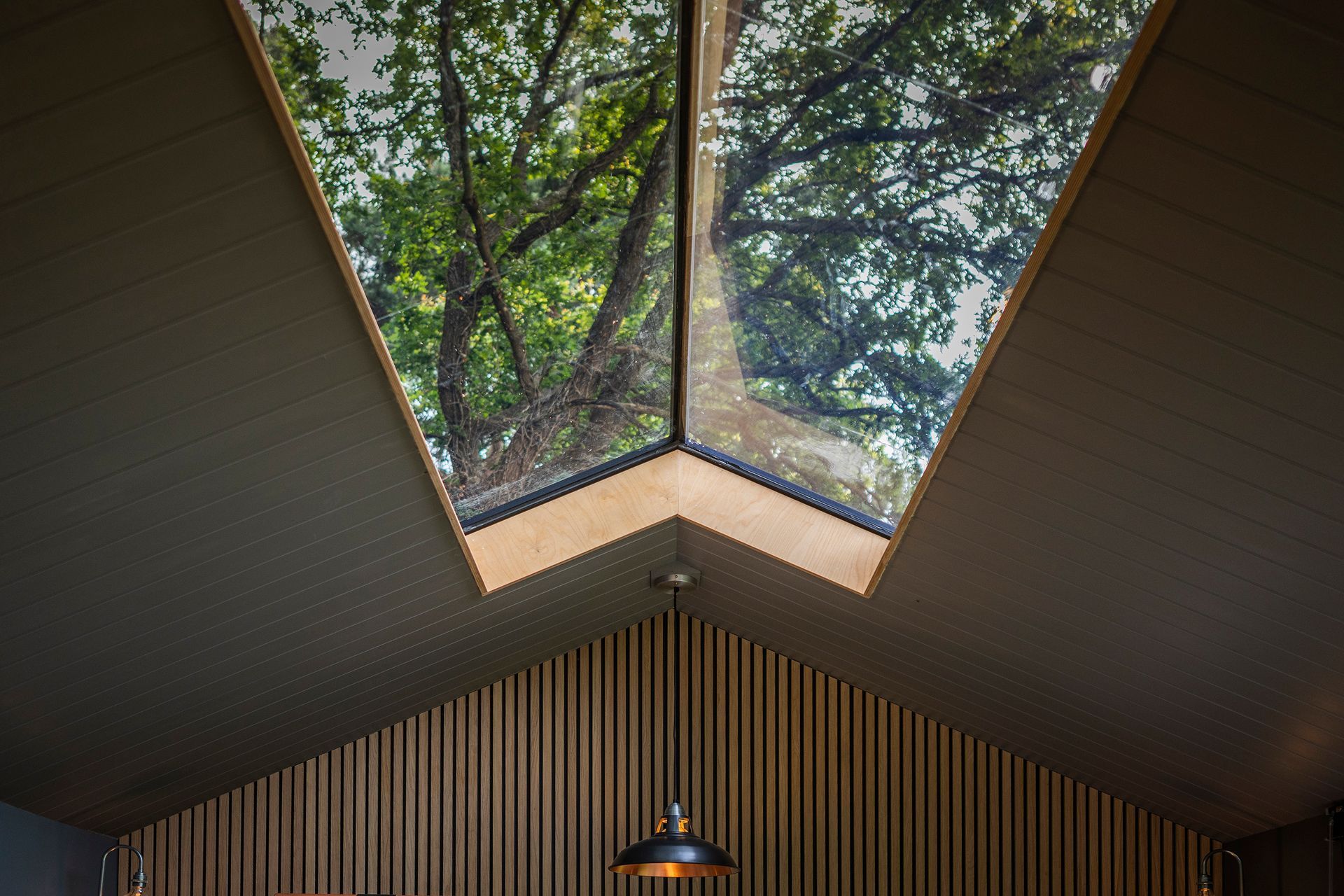
- Enhance ventilation: Adequate ventilation is crucial for a comfortable and healthy environment. Incorporate windows that can be opened to allow fresh air circulation. Consider features like vents or ceiling fans to regulate temperature and prevent humidity buildup.
- Insulate for year-round use: If you plan to use your garden building throughout the year, proper insulation is essential. Insulate the walls, roof, and floor to maintain a comfortable temperature, prevent condensation, and reduce energy consumption.
- Blend with the landscape: Ensure your garden building blends seamlessly with the natural surroundings. Incorporate landscaping elements such as planting beds, climbing vines, or a green roof to soften the structure's appearance and integrate it with the garden.
- Add personal touches: Customize your garden building to reflect your personal style and taste. Consider adding a deck or patio area, decorative elements like trellises or outdoor art, and appropriate lighting to create a warm and inviting atmosphere.
- Consider sustainability: Incorporate eco-friendly features into your design, such as rainwater harvesting systems, solar panels, or green building materials. This will not only reduce your environmental impact but also contribute to long-term cost savings.
- Seek professional advice: If you're unsure about the design or construction process, consider consulting with an architect, designer, or contractor experienced in garden building projects. They can provide valuable insights and help you navigate any legal or structural considerations.
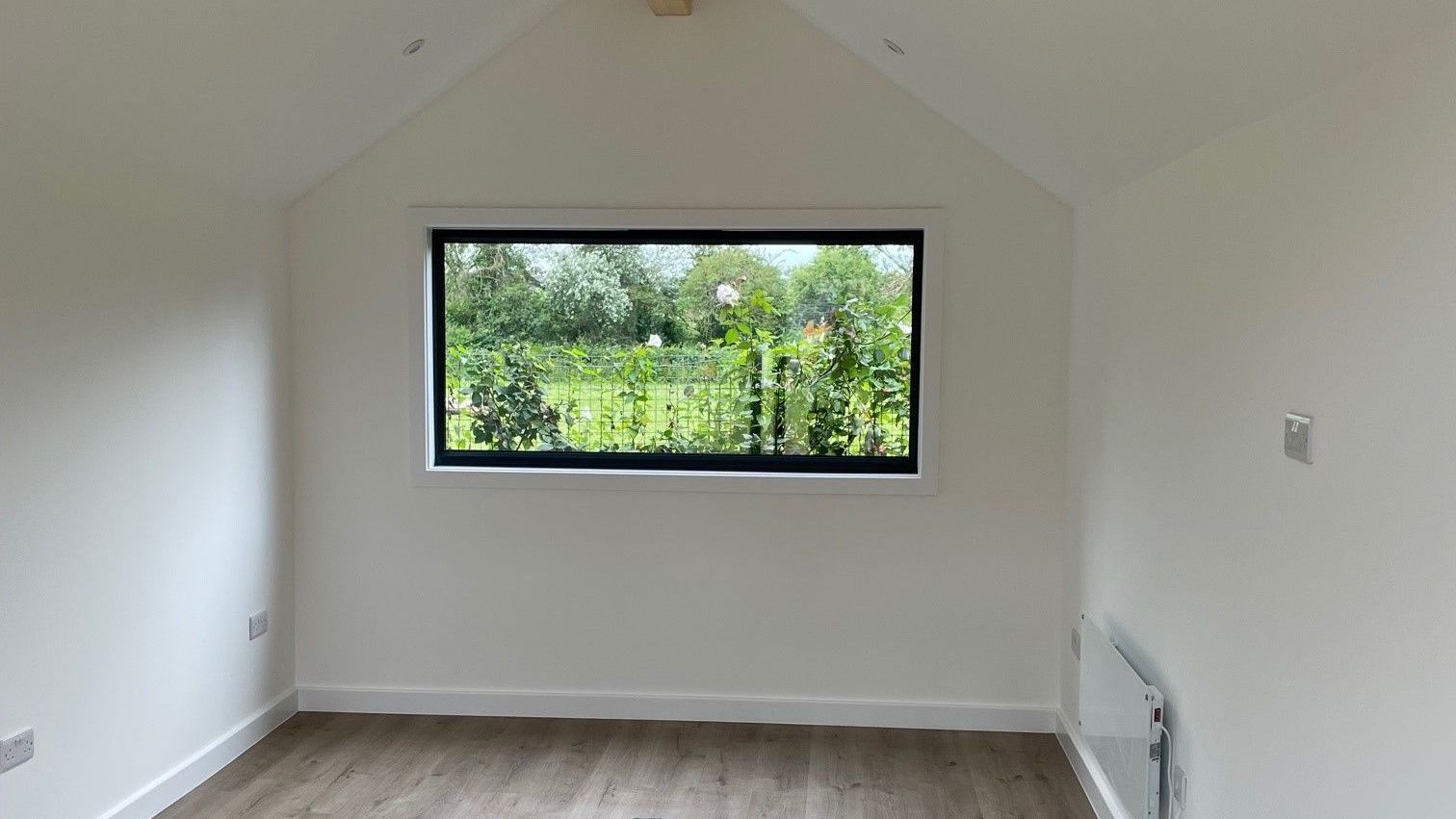
Remember, the perfect garden building should not only be aesthetically pleasing but also functional, sustainable, and harmonious with its surroundings. By carefully considering these factors and taking your time during the planning process, you can create a space that brings the outside in and enhances your overall living experience.
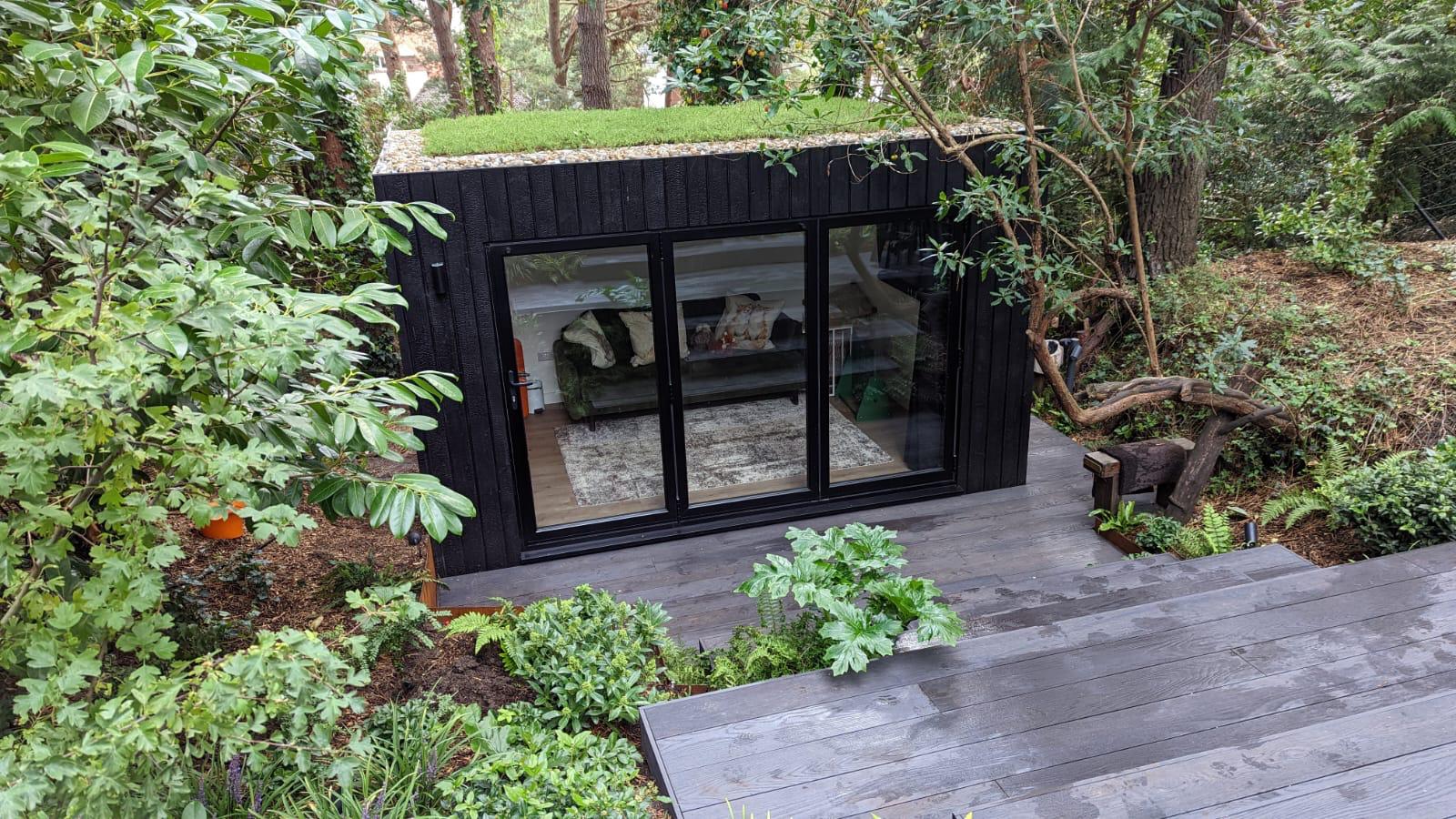
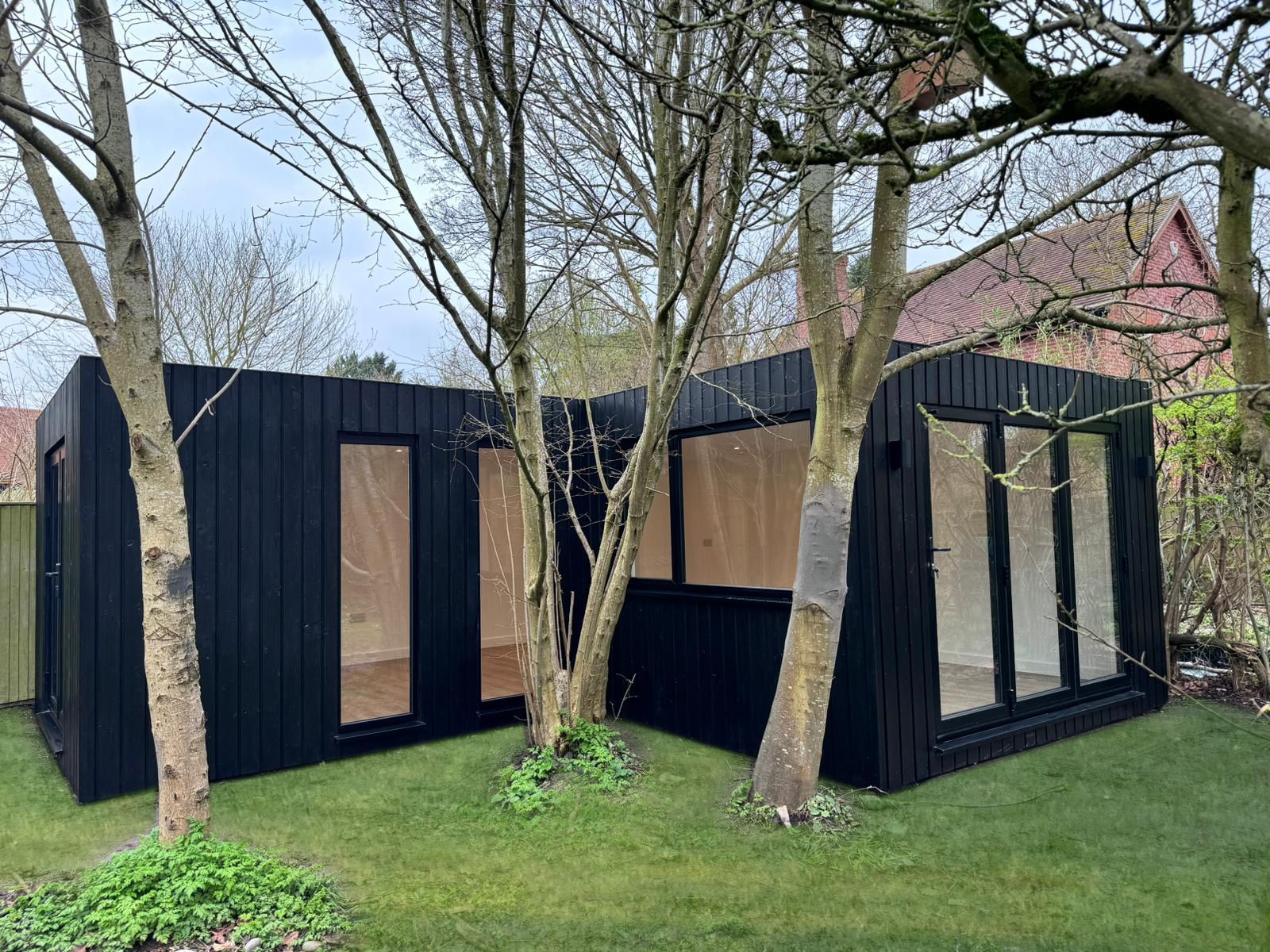
In the pursuit of creating garden buildings that seamlessly merge with the natural environment, designers are increasingly embracing a philosophy that revolves around preserving existing trees and harmonising structures with their surroundings. These buildings, rooted in the concept of keeping trees in situ, not only pay homage to the beauty of nature's canopy but also create enchanting spaces that blend effortlessly into the background. To achieve seamless integration, garden buildings often adopt organic shapes and materials that complement the surrounding foliage. Natural textures, and earthy tones evoke the organic forms found in nature, creating a visual dialogue between the built environment and the living landscape. Additionally, the use of materials such as timber, and green roofs further enhances the buildings' ability to blend in with their natural surroundings, ensuring they become an extension of the ecosystem rather than an imposition upon it. Moreover, these garden buildings are meticulously positioned to maximise the visual impact of the existing trees while also framing captivating views of the surrounding landscape. Large windows and strategic openings invite natural light and panoramic vistas into the interior spaces, blurring the boundaries between indoor and outdoor realms. This symbiotic relationship between design and nature fosters a sense of connection and immersion, allowing inhabitants to experience the beauty of the outdoors from the comfort of their own sanctuary. Beyond their aesthetic appeal, garden buildings designed around existing trees serve as sanctuaries that offer respite from the chaos of urban life. Nestled within the embrace of nature's canopy, these structures provide tranquil retreats where individuals can unwind, reflect, and reconnect with the rhythms of the natural world. Whether used as private hideaways, artist studios, or contemplative spaces, these buildings evoke a sense of peace and serenity that is increasingly rare in today's fast-paced world.
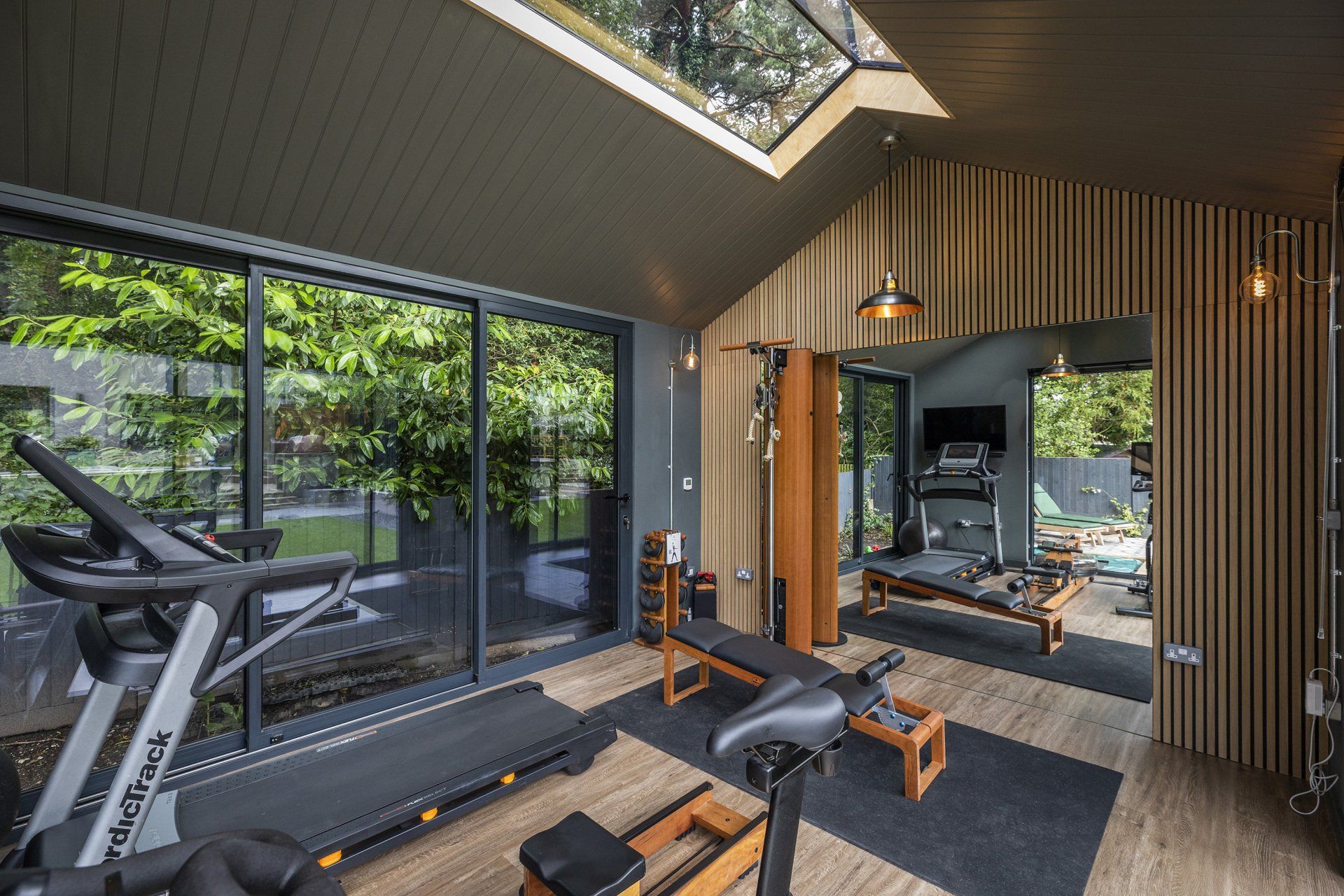
There are many things to consider when planning the perfect garden building design. Size, shape, position in the garden, interior design, practicality, durability and aesthetics. Planning the use for the space is one of the starting points to commence your journey to the perfect contemporary design. Here are just a few idea on how you might use your new garden room…

